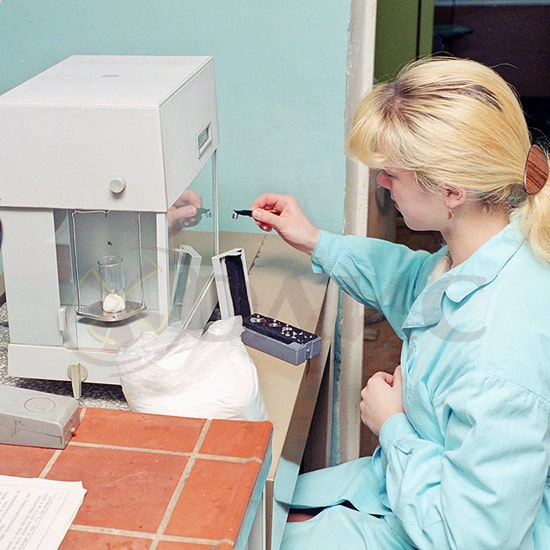What are laboratory scales
By definition, a laboratory or microbalance is a device for measuring weight with an accuracy of thousandths of a gram. These devices measure the weight of very small quantities of a substance, as well as small parts of no more than a few grams.
All laboratory scales have a set of certain technical characteristics, which are always indicated in the technical data sheet of the device. Based on their totality, the consumer chooses exactly the model that best suits his requirements.
These characteristics are:
- weighing range;
- working principle;
- division price;
- accuracy class;
- possible error;
- additional functions.
The weighing range is the difference between the largest and smallest weighing limits – LEL and MPV. The operating principle is determined by the type of scale according to the weighing method: mechanical or electronic. The former carry out weighing by compressing springs or deflecting the rocker arm of the lever mechanism, and the latter – using strain gauges.
Electronic ones, of course, win in such important indicators as accuracy, maximum MPV, functionality, and operating comfort. They are comparable in functionality to a microcomputer. However, mechanical analogues are still very popular due to their ease of use, independence from electricity and very low price.
For high-precision laboratory measurements, only electronic instruments are used. Their abilities are not limited to simple weighing; they perform many additional jobs – for example, collecting information about the operations performed, storing and processing it.
Various operating modes are available – such devices are capable of weighing and taring, performing counting operations – counting identical elements by the weight of one of them, calculating the quantitative composition of a product, alloy, mixture. You can also sum the results of several weighings.
A very important feature is software-based operation. It allows multiple users to gain access independently of each other, and each of them has the ability to set a password to protect it from outsiders.
The division price means several different things. For mechanical scales, this is the difference between two adjacent marks on the scale, and for electronic scales, this is the last changing digit in the weight indicator.
Accuracy classes of laboratory scales
Accuracy classes are determined by state or industry standards and depend mainly on the LEL and the division price.The class of devices is determined by its number:
- 1st class – special purpose;
- Class 2 – high-precision;
- 3rd grade – average accuracy.
The first class is the most accurate measurement; it is used in scientific and technical laboratories and medical institutions. The second class is used in production and technical laboratories. The third class is used in car repair shops, in jewelry production – where it is not necessary to take into account thousandths of a gram.
In descriptions of older models, there is a designation of the fourth accuracy class of laboratory scales. This classification is outdated and is currently no longer used. Devices in this category, by modern standards, belong to the third class.
For additional information and advice, please contact:
☎ +38 (067) 822-85-58.






























